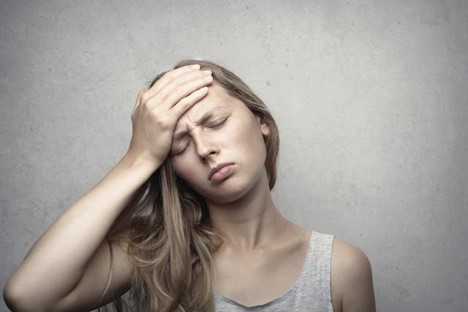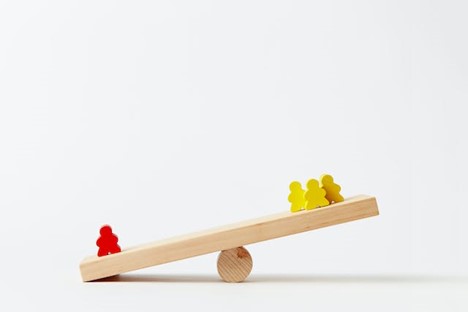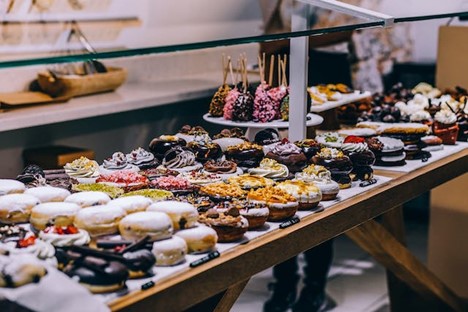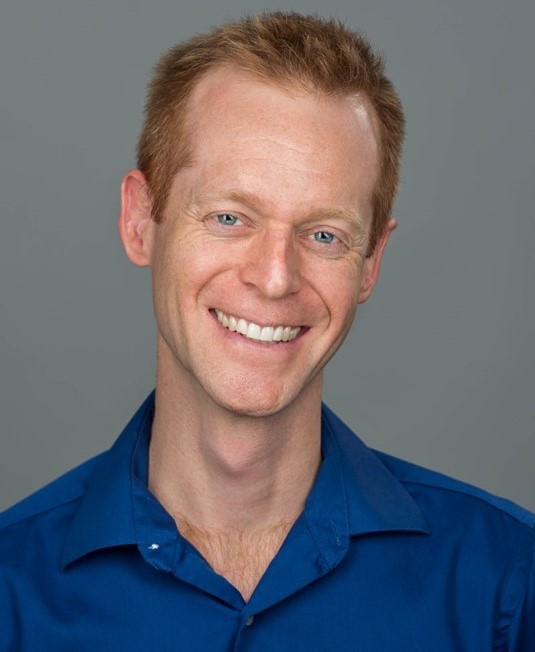
I recently read an eye-opening book called Dopamine Nation by Anna Lembke, MD. This book breaks down the new neuroscience of pleasure and pain, which is both surprising and practical.
Here are the most important takeaways:
The Treadmill to Hell
You’ve probably heard of the “hedonic treadmill” – the fact that, when we pursue pleasure, the happiness it gives us is fleeting, and we’re left craving more:1
- You eat a cookie, which feels good, but as the pleasure fades, you reach for another, and the second cookie isn’t as satisfying as the first.
- As a teenager, you try drinking, and it feels good. So you drink more, chasing that feeling. And every time, you have to drink more to get the same buzz.
- You move into a nicer home, and suddenly you feel like you need nicer furniture and more expensive art.
- You buy a fancy car, which feels luxurious, but then it becomes your new normal.
Cravings lie to us. They promise lasting satisfaction, if only we’d give in and indulge. But getting what you want doesn’t lead to lasting happiness. It simply leaves you wanting something bigger, better, fancier, more.
That’s the hedonic treadmill.
And while that certainly sounds bad enough, recent neuroscience shows that it’s actually worse than this. It turns out, the more time we spend on the hedonic treadmill, the more pain we experience.
The Pleasure-Pain Seesaw
You might think that pleasure and pain would be separate brain functions, neurologically distinct, but they’re not. Pleasure and pain actually reside in the same region of the brain, and they are coregulated meaning that changing one influences the other.2
The simplest metaphor for understanding this relationship is that of a seesaw. Push down on one side, and the system becomes unbalanced. Your brain wants to return to homeostasis (that’s biology-speak for balance) so it pushes down on the other side.2

So if you experience a great deal of pleasure by, say, indulging in sugar or drugs or porn, your brain will compensate by making you feel pain. The pain can be physical, emotional, or both. And I’m not just talking about hangovers.
This is part of the reason why drug addicts are usually depressed. Constantly indulging in drugs for pleasure causes you to feel emotional pain. This is why people who take lots of pain pills for their ailments develop worse chronic pain, even though the underlying ailment remains unchanged. The pleasure of opioid medicine unbalances the seesaw, forcing the brain to compensate by creating more pain.
And it’s not just that pleasure triggers future pain. Research has found that “the pain that follows is longer lasting and more intense than the pleasure that gave rise to it.”2 An evening of exciting video games makes Wednesday’s classes extra boring. 60 seconds of pleasure from eating a cupcake can lead to 60 minutes of guilt.
The Problem with Modern Abundance
“With prolonged and repeated exposure to pleasurable stimuli, our capacity to tolerate pain decreases, and our threshold for experiencing pleasure increases.” –Anna Lembke, MD2

The modern world makes it far too easy to overindulge. Sources of addictive pleasure abound, and most people are overconsuming all day long. Thus, we are largely a society of people with unbalanced seesaws.
The result?
High rates of depression and anxiety, a general inability to tolerate everyday discomforts like boredom and uncertainty, and an ever-greater need for entertainment and novel pleasure. As Brené Brown famously noted, “We are the most in-debt, obese, addicted, and medicated adult cohort in U.S. history.”3
“Our brains are not evolved for this world of plenty. As Dr. Tom Finucane … said … ‘We are cacti in the rain forest.’ And like cacti adapted to an arid climate, we are drowning in dopamine. The net effect is that we now need more reward to feel pleasure, and less injury to feel pain.” 2
The Value of Choosing Pain
The good news is that the seesaw works both ways. So pressing down on the pain side through healthy discomforts like cold showers, fasting, or exercise causes your brain to make pleasure more accessible. A fluffy towel feels nicer after five minutes of toughing it out in a cold shower. Dinner is more delicious when it’s your first meal of the day. A mountaintop view is more beautiful when you’ve done a difficult hike to get there.

I’ve written before about the value of discomfort training. At the time, I didn’t know about the pleasure-pain seesaw. I had simply observed that experiencing discomfort on purpose makes it easier to handle the unexpected pains that life dishes out. But now I know that there’s more to it than building mental calluses.
“With intermittent exposure to pain, our natural hedonic set point gets weighted to the side of pleasure, such that we become less vulnerable to pain and more able to feel pleasure over time.” 2
Restoring Your Balance
If you’ve been overindulging, then your pleasure-pain seesaw is out of whack and needs to be reset. There are two equally important tools for doing this: abstinence from addictive pleasure and deliberately choosing healthy pain.
How long it takes to reset your seesaw depends on how long you’ve been out of balance. It will certainly be unpleasant at first, but it will get better. And your long-term happiness depends on this.
If you’ve spent years pursuing happiness by chasing after pleasure, you might be at a loss for how to spend your time. What can you do instead? What actually works?
Spend your time on projects that matter. Pursue learning, creativity, and mastery. Seek out flow. Use your signature strengths. Put your time, energy, and money into helping others. These are the things that produce deep happiness and lasting satisfaction.
Facing Life Head-On
Getting the pleasure-pain seesaw right ultimately comes down to facing life head-on.
Not avoiding discomfort. Not trying to numb your pain with easy pleasure. Not distracting yourself with digital entertainment every time you’re bored. Embracing uncertainty. Leaning into challenges. Accepting the present moment.
“What if, instead of seeking oblivion by escaping from the world, we turn toward it? What if instead of leaving the world behind, we immerse ourselves in it.” 2
1 “Hedonic Treadmill.” Psychology Today.
2 Lembke, Anna, MD. Dopamine Nation: Finding Balance in the Age of Indulgence. Dutton, 2021.
3 Brown, Brené. “The Power of Vulnerability.” TEDxHouston. June 2010.
